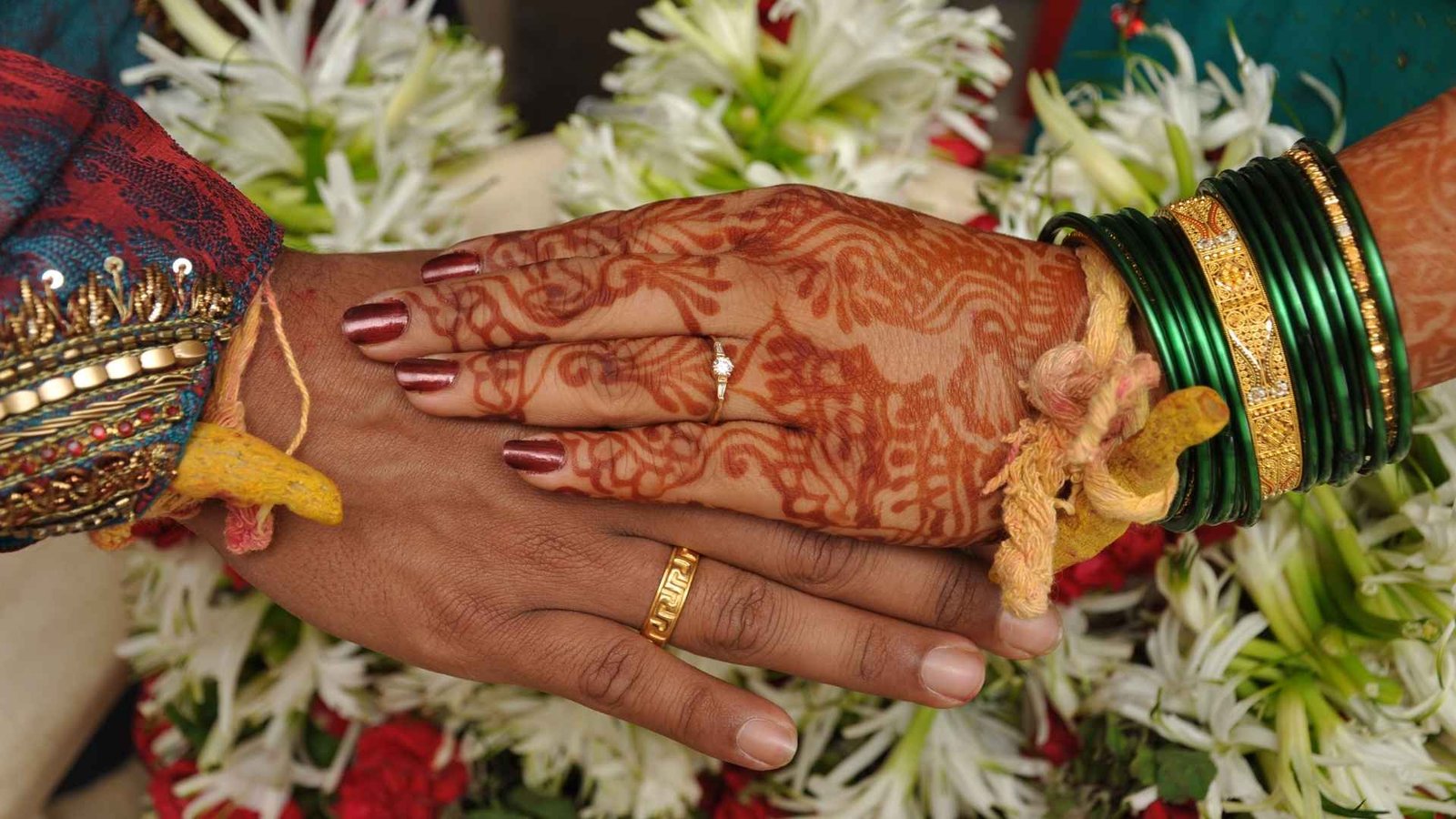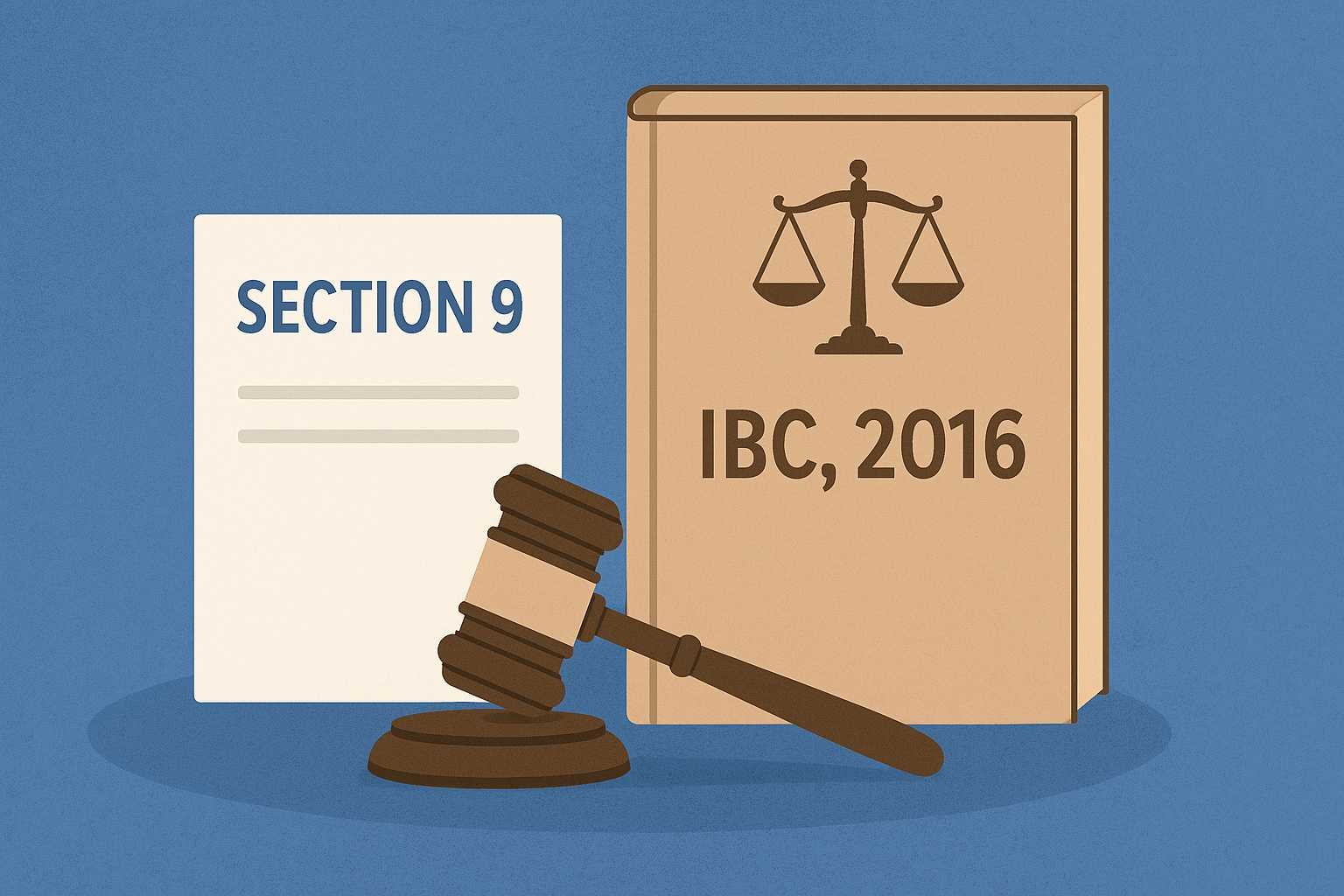On this page you will read detailed information about the Eight Forms of Marriage in India.
As you delve into the rich tapestry of Indian culture, you’ll discover a fascinating aspect of its social fabric: the diverse forms of marriage. In India, matrimony extends far beyond the Western concept of a single, standardized union. Instead, you’ll encounter eight distinct types of marriage, each deeply rooted in tradition and shaped by regional customs. These varied forms reflect the country’s cultural complexity and offer unique insights into Indian society. By exploring these marriage types, you’ll gain a deeper understanding of India’s social structures, religious practices, and historical influences. Join us as we unravel the intricacies of these eight forms of marriage in India.
Overview of Marriage Traditions in India
India’s rich cultural tapestry is beautifully reflected in its diverse marriage traditions. The 8 forms of marriage in India have deep roots in ancient Hindu scriptures, each carrying unique significance and rituals. These forms have evolved over time, adapting to modern sensibilities while retaining their core essence.
Traditional Wedding Ceremonies
Indian weddings are renowned for their vibrant colors, elaborate rituals, and joyous celebrations that often span several days. The wedding is typically divided into three main parts: pre-wedding, main wedding, and post-wedding ceremonies. Each phase is filled with meaningful traditions that symbolize the couple’s journey into married life.
Pre-Wedding Rituals
The pre-wedding ceremonies set the stage for the main event. These often include the Barni Band-hwana, where a sacred thread is tied around the hands of the couple or the groom and his parents. The Sangeet, a lively celebration of music and dance, brings both families together in a festive atmosphere. The Mehndi ceremony, where intricate henna designs are applied to the bride’s hands and feet, is believed to bring good fortune and ward off evil.
The Main Wedding Ceremony
The forms of marriage in India are most evident in the main wedding ceremony. This usually takes place under a decorated canopy called a Mandap, with a sacred fire as the central witness. Key rituals include the Kanyadaan (giving away of the bride), Mangal Phera (circling the sacred fire), and Saptapadi (seven steps), each symbolizing the couple’s commitment to their new life together.
The Eight Forms of Hindu Marriage Ceremonies
Hindu weddings are steeped in rich traditions that date back thousands of years. The 8 forms of marriage recognized in Hindu scriptures each carry unique significance and rituals. Understanding these forms provides insight into the diverse cultural practices surrounding matrimony in India.
The Four Approved Forms
Among the 8 forms of marriage in India, four are considered approved by Hindu scriptures:
- Brahma Marriage: The most revered form, where the bride’s father gives her away to a man of good character and education.
- Daiva Marriage: Similar to Brahma, but the bride is given to a priest who performs a sacrifice.
- Arsha Marriage: The groom gives a cow and a bull to the bride’s father in exchange for her hand.
- Prajapatya Marriage: The bride’s father seeks out a suitable groom and requests him to accept his daughter in marriage.
The Four Unapproved Forms
The remaining forms, while recognized, are generally not sanctioned:
- Gandharva Marriage: A love marriage where the couple unites without parental consent.
- Asura Marriage: The groom essentially purchases the bride by giving wealth to her family.
- Rakshasa Marriage: The bride is forcibly abducted and married against her will.
- Paishacha Marriage: Considered the least acceptable, involving marriage to a woman when she is intoxicated or unconscious.
While these forms provide historical context, modern Hindu weddings typically blend traditions from various forms, focusing on core rituals like Kanyadaan, Panigrahana, and Saptapadi. Today’s ceremonies emphasize mutual consent, family blessings, and the spiritual union of two souls.
Arranged vs. Love Marriages in India
In India, the debate between arranged and love marriages continues to shape the social landscape. The 8 forms of marriage in India encompass both traditional and modern approaches, with arranged marriages still dominating the cultural norm.
The Prevalence of Arranged Marriages
According to recent data, an overwhelming 93% of Indians opt for arranged marriages, while only 3% choose “love marriages.” This stark contrast highlights the enduring influence of traditional practices in Indian society. Interestingly, even among young couples in their 20s, over 90% still prefer arranged marriages, demonstrating the resilience of this custom across generations.
The Role of Caste and Religion
One of the key factors contributing to the popularity of arranged marriages is the emphasis on marrying within one’s own caste and religion. Less than 10% of urban Indians report having family members who have married outside their caste, while interfaith marriages are even rarer, with only 5% of urban respondents noting such unions in their families. This adherence to traditional boundaries often makes arranged marriages the preferred choice for many families.
The Evolving Landscape
Despite the dominance of arranged marriages, the distinction between arranged and love marriages is becoming increasingly blurred. The emergence of “self-arranged” or “love-arranged” marriages represents a modern adaptation of the traditional system. These unions combine elements of personal choice with family involvement, offering a middle ground for those seeking both individual autonomy and familial approval.
Challenges and Considerations
While arranged marriages are often associated with marital stability and low divorce rates, they are not without challenges. Young people who attempt to exercise personal choice in their relationships may face significant backlash and even danger. The rise of contentious narratives like “love jihad” has led to increased scrutiny of interfaith relationships in some states, potentially pushing such unions further underground.
As India continues to navigate the complex interplay between tradition and modernity, the forms of marriage in India will likely continue to evolve, reflecting the changing values and aspirations of its diverse population.
In the previous post, we had shared information about What Documents Do You Need for Court Marriage in India?, so read that post also.
Legal Requirements for Marriage Registration in India
Understanding the legal requirements for marriage registration is crucial when exploring the 8 forms of marriage in India. The process can vary depending on the specific act under which the marriage is registered.
General Eligibility Criteria
To register a marriage in India, certain fundamental requirements must be met. These include:
- At least one party (bride or groom) must be an Indian citizen
- The groom must be at least 21 years old, and the bride at least 18 years old
- The marriage must have been solemnized within the territorial jurisdiction where registration is sought
Registration Under Different Acts
The forms of marriage in India can be registered under various acts, each with its specific requirements:
- Hindu Marriage Act, 1955: Applicable to Hindus, Buddhists, Jains, and Sikhs
- Special Marriage Act, 1954: For inter-religious marriages or civil ceremonies
- Compulsory Registration Marriage Order, 2014: A more recent mandate for marriage registration
Required Documents
The documentation needed for marriage registration typically includes:
- Identity proofs
- Residence proofs
- Date of birth proofs
- Photographs and affidavits
Additional documents may be required in cases of divorce, widowhood, or foreign nationality.
Registration Process
The registration process can be completed either online or offline, depending on the state and act under which the marriage is being registered. The process generally involves filling out an application form, submitting the required documents, and appearing before a marriage registrar.
Understanding these legal requirements is essential for anyone planning to register their marriage in India, ensuring a smooth and legally recognized union.
Unique Indian Wedding Attire and Accessories
Vibrant Colors and Rich Fabrics
When attending an Indian wedding, prepare to be dazzled by a kaleidoscope of colors and textures. The 8 forms of marriage in India are reflected in the diverse array of traditional attire worn by the bride, groom, and guests. Bright, festive colors are encouraged, with red, gold, and pink being particularly popular choices. However, as a guest, it’s important to avoid wearing red, as this is typically reserved for the bride.
Indian wedding outfits are renowned for their luxurious fabrics and intricate designs. Silk, chiffon, and other sumptuous materials are adorned with elaborate embroidery, sequins, and beadwork, creating truly stunning ensembles.
Traditional Attire for Brides and Grooms
The bride’s attire is a central focus of any Indian wedding. Traditionally, brides wear a lehenga (an elaborate skirt with a cropped blouse and draped dupatta) or a saree (an unstitched garment draped around the body). These outfits are often adorned with intricate embroidery and embellishments, creating a truly regal look.
Grooms typically opt for a sherwani (a knee-length jacket worn over a loose shirt and trousers) or a bandhgala suit (a formal jacket paired with slim trousers). These outfits are often in complementary colors to the bride’s attire, such as gold or white.
Guest Attire and Accessories
For guests attending an Indian wedding, there are numerous options to embrace the cultural richness of the occasion. Women can choose from lehengas, sarees, or even Western-style gowns with Indian-inspired elements. Men may opt for traditional kurtas or modern suits in jewel tones.
Accessories play a crucial role in completing the look. Large, ornate jewelry in gold tones is popular, as are small, embellished bags like pouches and clutches. Comfortable yet stylish footwear, such as wedges or mojaris (traditional leather loafers), is essential for navigating the various wedding events.
Remember, the forms of marriage in India are diverse, and each may have its own specific dress codes. Always consult the wedding invitation for guidance on appropriate attire for each event.
Indian Wedding Rituals and Customs
Indian weddings are a vibrant tapestry of traditions, colors, and rituals that reflect the rich cultural heritage of the country. These celebrations are not just about the union of two individuals but also about the coming together of families and communities. Let’s explore some of the key customs that make Indian weddings truly special.
Pre-Wedding Ceremonies
The festivities often begin days before the actual wedding with a series of pre-wedding rituals. One of the most colorful and joyous events is the Mehndi ceremony, where intricate henna designs are applied to the bride’s hands and feet. This is followed by the Sangeet, a lively celebration filled with music and dance, where both families come together to revel in the upcoming union.
The Wedding Day
On the big day, the groom makes a grand entrance in what is known as the Baraat. This procession is a spectacle in itself, with the groom often arriving on horseback or in a lavishly decorated vehicle, accompanied by his family and friends dancing to the beat of drums.
The main ceremony takes place under a beautifully adorned canopy called the Mandap. Here, several sacred rituals are performed, including the Kanyadaan, where the bride’s parents symbolically give her away, and the Saptapadi, or seven steps, taken by the couple around a sacred fire, sealing their commitment to each other.
Post-Wedding Celebrations
The wedding culminates in a grand reception, a feast for the senses with elaborate decorations, music, dance, and an array of delectable cuisines. This joyous celebration can last for hours, with guests showering the newlyweds with blessings and good wishes.
These rituals and customs are integral to the 8 forms of marriage in India, each adding depth and meaning to the union. While traditions may vary across regions and communities, the essence of love, commitment, and family remains at the heart of every Indian wedding celebration.
Indian Wedding Cuisine and Menu Ideas
Indian weddings are renowned for their lavish feasts, offering a culinary journey through the diverse flavors of the subcontinent. When planning your wedding menu, consider incorporating dishes that represent the rich tapestry of Indian cuisine while catering to various dietary preferences.
Regional Specialties
The 8 forms of marriage in India are often reflected in the diverse culinary traditions across the country. North Indian weddings typically feature hearty dishes like butter chicken, dal makhani, and fragrant biryanis. For a taste of the south, consider serving dosas, idlis, and coconut-infused curries. These regional specialties not only satisfy guests’ palates but also showcase the cultural diversity inherent in Indian matrimonial customs.
Vegetarian Delights
Given the significant number of vegetarians in India, it’s essential to offer a variety of meat-free options. Popular vegetarian dishes include paneer butter masala, vegetable biryani, and aloo gobi. Don’t forget to include an array of flatbreads like naan, roti, and paratha to complement these flavorful curries.
Sweet Endings
No Indian wedding is complete without an assortment of decadent desserts. Traditional sweets like gulab jamun, rasmalai, and jalebi are must-haves. For a modern twist, consider adding fusion desserts or a chocolate fountain to appeal to diverse tastes.
Beverage Selection
To keep guests refreshed, offer a selection of traditional drinks alongside contemporary options. Lassi, aam panna, and masala chai are excellent choices for non-alcoholic beverages. If serving alcohol, consider offering light beers, wines, and signature cocktails that complement the spicy flavors of Indian cuisine.
By thoughtfully curating your wedding menu, you can create a memorable culinary experience that celebrates the rich traditions and flavors associated with the forms of marriage in India.
Indian Wedding Decor and Venue Options
When planning your Indian wedding, the decor and venue play crucial roles in creating a magical atmosphere for your special day. The right combination can transform any space into a breathtaking setting that reflects the rich traditions and vibrant culture associated with the 8 forms of marriage in India.
Mandap: The Heart of Hindu Weddings
The mandap, an ornate canopy where the main ceremony takes place, is the centerpiece of Hindu wedding decor. This structure sets the tone for the entire celebration, with options ranging from traditional designs adorned with marigolds and vibrant fabrics to modern interpretations featuring sleek lines and minimalist aesthetics. When selecting a mandap style, consider how it will complement your chosen venue and overall theme.
Floral Arrangements and Color Schemes
Flowers play a significant role in Indian wedding decor, often accounting for a substantial portion of the decorating budget. To balance cost and sustainability, many couples opt for a mix of fresh and silk flowers. Choose blooms and color schemes that reflect your personal style while honoring traditional elements. Popular choices include roses, jasmine, and lotus flowers in vibrant hues of red, orange, and pink.
Lighting and Ambiance
Proper lighting can dramatically enhance the ambiance of your wedding venue. For evening receptions, focus on incorporating candles and strategic lighting to create a warm, romantic atmosphere. Consider using string lights, lanterns, or elaborate chandeliers to add a touch of elegance and intimacy to your celebration.
By carefully selecting and combining these elements, you can create a stunning backdrop for your Indian wedding that honors tradition while reflecting your unique style and the forms of marriage in India that you’re celebrating.
Forms of Marriage in India FAQs
The ancient Hindu scriptures outline eight forms of marriage in India, categorized as either approved or unapproved. The approved forms include Brahma, Daiva, Arsha, and Prajapatya, while the unapproved forms consist of Asura, Gandharva, Rakshasa, and Paishacha. Each type has its unique characteristics and social implications.
The Hindu Marriage Act of 1955 brought significant changes to traditional marriage practices. It established monogamy as the only valid form of Hindu marriage and prohibited bigamy. The Act also recognized inter-caste marriages and provided for matrimonial reliefs like divorce and judicial separation. In recent years, there has been a growing acceptance of “love marriages” in urban areas, where couples choose their own partners.
Yes, India’s diverse culture is reflected in its varied marriage customs across different states. For example, in Meghalaya, the Gajjumaries marriage requires both the bride and groom to have seven unmarried sisters. In Gujarat, the Vodapras marriage involves exchanging seven vows symbolizing life’s stages. The Warlis of Maharashtra celebrate a three-day wedding ceremony with unique rituals each day.
Astrological compatibility remains an important consideration in many Hindu marriages. The bride and groom’s horoscopes are often analyzed to determine their compatibility and the auspiciousness of their union. This practice continues to be significant in both arranged marriages and some love marriages, reflecting the enduring influence of traditional beliefs in modern Indian society.
Conclusion
As you’ve explored the eight forms of marriage in India, you’ve gained insight into the rich cultural tapestry that shapes matrimonial practices across the subcontinent. From the widely accepted Brahma vivaha to the controversial Gandharva and Rakshasa forms, each type of union reflects deep-rooted traditions and societal norms. While some forms have faded into obscurity, others continue to influence modern Indian marriages. Understanding these diverse practices not only enhances your cultural knowledge but also fosters appreciation for the complexities of Indian society. As India continues to evolve, so too will its marriage customs, blending ancient traditions with contemporary values to create new expressions of love and commitment.
Disclaimer
The information and services on this website are not intended to and shall not be used as legal advice. You should consult a Legal Professional for any legal or solicited advice. While we have good faith and our own independent research to every information listed on the website and do our best to ensure that the data provided is accurate. However, we do not guarantee the information provided is accurate and make no representation or warranty of any kind, express or implied, regarding the accuracy, adequacy, validity, reliability, availability, or completeness of any information on the Site. UNDER NO CIRCUMSTANCES SHALL WE HAVE ANY LIABILITY TO YOU FOR ANY LOSS OR DAMAGE OF ANY KIND INCURRED AS A RESULT OR RELIANCE ON ANY INFORMATION PROVIDED ON THE SITE. YOUR USE OF THE SITE AND YOUR RELIANCE ON ANY INFORMATION ON THE SITE IS SOLELY AT YOUR OWN RISK. Comments on this website are the sole responsibility of their writers so the accuracy, completeness, veracity, honesty, factuality and politeness of comments are not guaranteed.
So friends, today we talked about the Eight Forms of Marriage in India, hope you liked our post.
If you liked the information about the Eight Forms of Marriage in India, then definitely share this article with your friends.
Knowing about laws can make you feel super smart ! If you find value in the content you may consider joining our not for profit Legal Community ! You can ask unlimited questions on WhatsApp and get answers. You can DM or send your name & number to 8208309918 on WhatsApp








